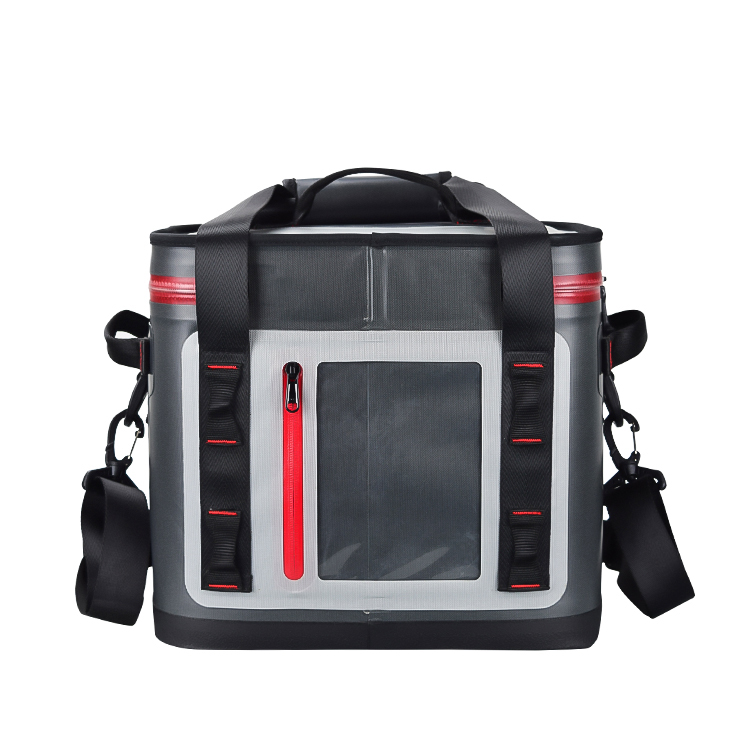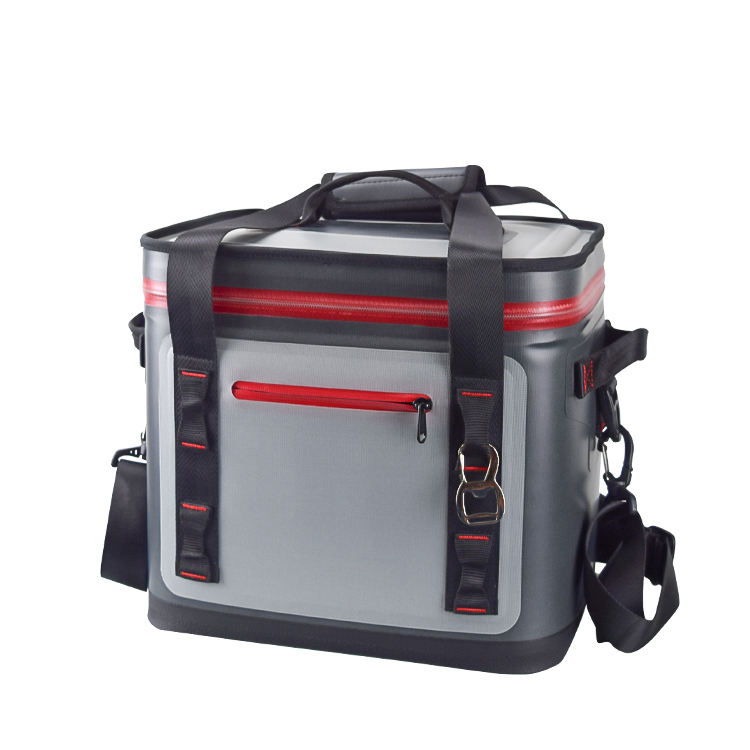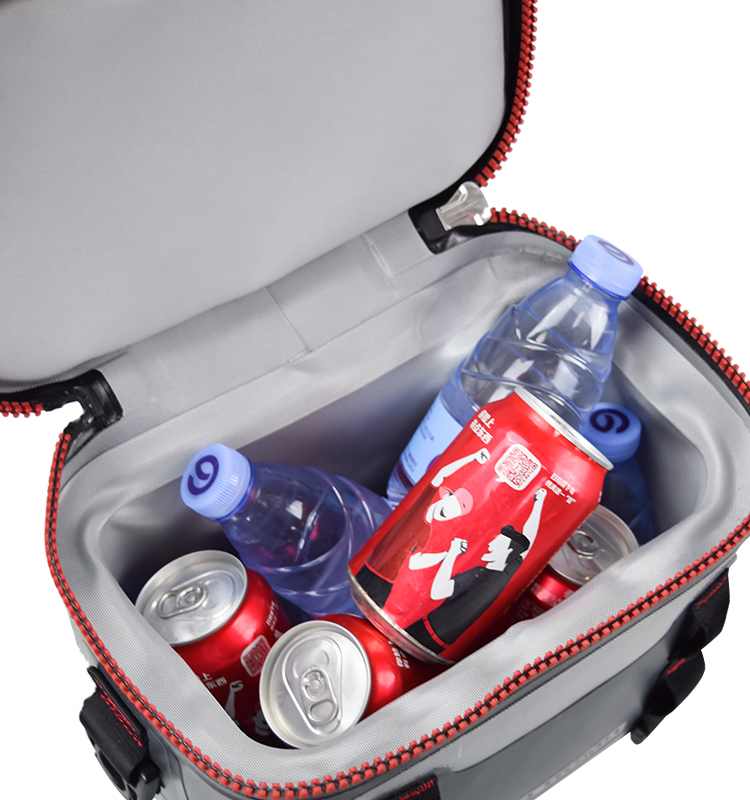When it comes to planning a fun day out in the sun, one of the essential must-haves is a soft cooler.A soft cooler is a versatile and convenient way to keep food and drinks cold on the go. Whether you’re heading to the beach, going on a picnic, or just need to transport your groceries on a hot day, it is an essential item.As summer approaches, the demand for soft coolers rises.
What is Soft Cooler?
Soft cooler is a type of portable insulated bag typically made of flexible fabric materials, such as nylon or polyester, and lined with insulating foam or other materials to keep its contents cool. It is used to store and transport food, drinks, and other perishable items for picnics, camping trips, sports events, and other outdoor activities. Soft coolers are designed to be lightweight and easy to carry, and they often have shoulder straps or handles for convenient transport. They come in various sizes and shapes to accommodate different amounts of items, and some even have additional features such as pockets and built-in bottle openers.
SIBO, a well-renowned company that provides high-quality outdoor products, understands the importance of designing a durable and efficient soft cooler.
However, not all soft coolers are created equal. To ensure your cooler is both effective and durable, it is important to consider the following elements when designing a soft cooler.
Ⅰ. Size and Capacity
The first step in designing a soft cooler is determining the size and capacity. We understands that the size of the cooler will depend on its intended use. A smaller size would be perfect for a day at the beach or a picnic, while a larger cooler would be suitable for camping trips or road trips.
Ⅱ. Thermal resistance/retention:
The thermal resistance or retention of a soft cooler is its ability to maintain a low temperature inside the cooler over time. The higher the thermal resistance, the longer your food and drinks will stay cold. This is an essential element to consider when designing a soft cooler, as it directly affects its performance and usability.
Ⅲ. Insulation
The primary function of a soft cooler is to keep items cold, hence insulation is a crucial aspect of its design. We uses high-quality materials like thick foam insulation to ensure maximum cooling performance. The insulation is typically placed between the outer and inner layers of the cooler, forming a barrier to prevent heat from entering the cooler.
Ⅳ. Durability
We understands that a soft cooler is likely to be exposed to harsh conditions during outdoor activities. Hence, they make sure to use durable and robust materials in the construction of their coolers. From the outer fabric to the zippers and handles, every component is carefully chosen to withstand wear and tear. These coolers can last for several years, making them a great investment for any outdoor enthusiast.
Ⅴ. Leak-proof lining:
It should have a leak-proof lining to prevent any water or melted ice from leaking out. This will prevent any mess and potential damage to the surrounding items. The lining should be made of a durable and waterproof material such as nylon or vinyl. It is also important to ensure the lining is easy to clean and resistant to mold and mildew.
Ⅵ. Portability
A soft cooler’s design must be practical for it to be convenient to carry around. SIBO’s soft coolers feature sturdy and comfortable handles, making it effortless to transport. They also have adjustable shoulder straps for hands-free carrying.
Ⅶ. Molded or welded construction:
The construction is another important aspect to consider. Some coolers are made with molded construction, where the outer shell is formed as a single piece. Others use welded construction, where separate pieces of fabric are joined together using heat and pressure. Both methods provide a sturdy and durable structure, but welded construction may offer better insulation and water resistance.
Ⅶ. Drainage features:
It should also have drainage features to let out any excess water that may accumulate inside the cooler. This is particularly important when using the cooler for longer periods, as melted ice can build up. A small drain plug or spout at the bottom of the cooler will allow for easy and quick drainage.
Ⅷ. Reinforced handles/straps:
A soft cooler should be easy to carry, even when fully loaded. Therefore, it is crucial to reinforce the handles or straps of the cooler, especially if it has a high carrying capacity. The handles should be made of sturdy materials such as reinforced nylon or rubber, and should be securely attached to the cooler.
Ⅸ. Waterproof zippers:
Finally, waterproof zippers are a great addition to soft coolers as they will prevent any water from seeping into the cooler. They also provide additional security, ensuring that your food and drinks stay inside where they belong.
SIBO’s soft coolers are designed with a perfect blend of functionality, durability, and convenience to cater to the needs of outdoor enthusiasts. By understanding the importance of size, insulation, durability, leak-proof lining,portability,molded or welded construction and other, we ensures that their soft coolers provide its users with a memorable outdoor experience.When selecting a soft cooler, it is important to consider the intended use and the features that are most important to you. With the right design elements, your soft cooler will be a reliable and useful item for all your outdoor adventures.
Post time: May-17-2024




